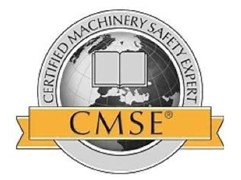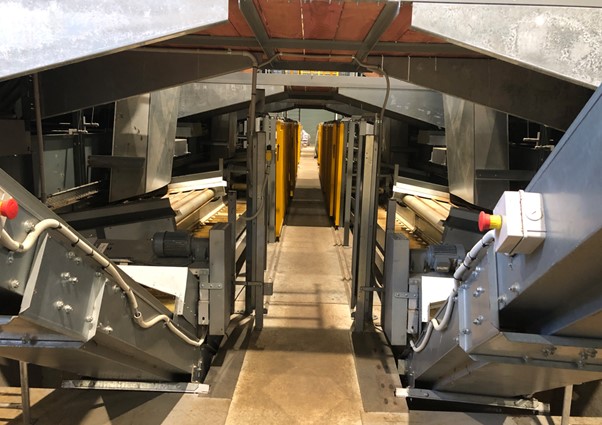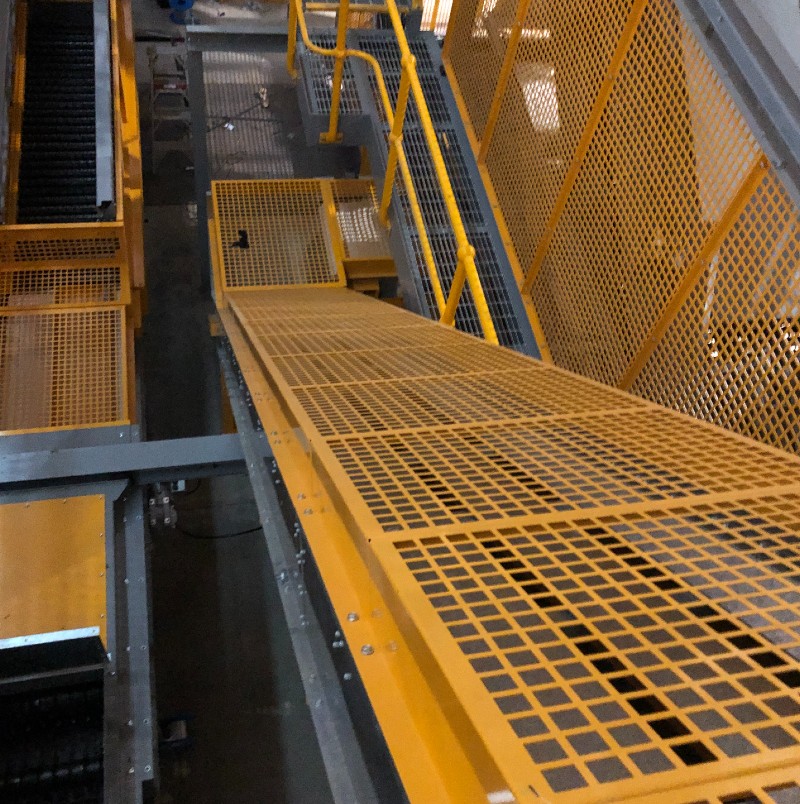Many of the serious incidents we investigate involve machinery that is not guarded or inadequately guarded and can lead to serious injuries to workers. Don’t be this company!
When you are designing or buying machinery ensure it has been risk assessed prior to ensure the correct guarding and safety control systems are installed according to AS/NZ 4024 Machine Guarding Standard.


Our Certified Machinery Safety Experts have experience in just about every industry and piece of equipment you can imagine. From sawmills to production lines, engineering work shops, to factory fishing vessels and anything in between we have assessed it all. Don’t guess your machinery is safe, have it assessed by certified experts to make sure it’s safe.
Make sure all machinery is guarded to AS/NZ 4024 Machine Guarding Standard (the bible for machine guarding in Australia and Aotearoa | New Zealand). Guarding must be designed, operated, maintained, decommissioned and assessed according to risk.
Here are some of the typical things we see in workplaces that do not meet machine guarding standards.
Lockout tag out is ineffective due to no lockout function or poor procedural systems.
Machinery is not secured to the ground.
Rotating hazardous parts are not guarded.
Gaps in guarding are too large allowing the body parts to enter hazardous areas of machinery.
Railing that is insufficient to prevent falls.
Ladders are incorrectly positioned, incorrectly angled or not fitted.
Defeated guarding from maintenance leaving hazardous areas of machinery exposed.
Safety signage warning of PPE requirement.
Lack of operator training on hazardous machinery.
Inadequate machinery maintenance.
Infeed and outfeed guarding is not in place or inadequate.
Lack of warning ground markings for hazardous zone identification.
Guarding not attached correctly with attachments that require a unique tool for removal.
Interlocks not used on moveable guarding.
Incorrect earthing and bonding.
Importing machinery. Not specifying the requirements for guarding to AS/NZ 4024 Machine Guarding Standard. Retrofiring guarding can be very expensive. Specify the requirement in the purchase or lease agreement.


Cleaning: Machine guarding helps contain sparks, sawdust, paint or other materials from flying toward other people. It also allows debris to be collected in a smaller area, making it easier to clean. This helps to eliminate the wasted effort of cleaning a much larger area.
Additional Access Areas: It can help reduce the hazardous area of machinery. Although this is a safety benefit, it also allows additional space around the machine, eliminating space wastage.
Improving Quality Control: An unexpected machine malfunction can cause quality issues in manufactured products. By helping prevent malfunctions, machine guards can indirectly contribute to improved quality control.
Morale: Employees understand well-guarded equipment means a safe work environment and an employer that cares about their welfare also having a positive effect on their morale. Good employees are hard to find, nice to have them stick around.
Reduced Downtime: Injuries cause downtime, and so it follows that having good machine guarding eliminates this risk and downtime from injuries and as a result more productive hours in a work day.
Environmental Protection: Some machine guards are designed to contain leaks or spills that could otherwise harm the environment. For example, guards on chemical processing equipment can prevent harmful substances from escaping.
Compliance: There are many regulations surrounding the use of machine guarding for most industries. Most machines require a minimum level of protection. Staying in compliance is important for every facility as it will help reduce the risk of regulatory interventions, fines or other problems.
Prevention of Long-Term Health Issues: Long-term exposure to certain types of machinery can lead to chronic health conditions, such as hearing loss from loud noise or repetitive strain injuries. Machine guards can help mitigate these risks.
